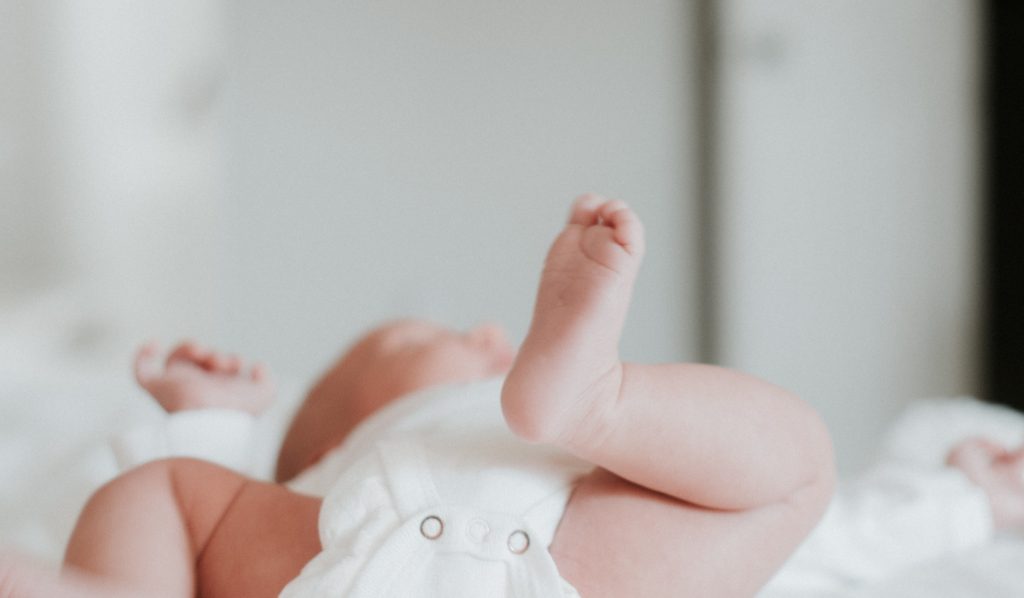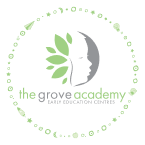Body
Safe Sleep – A must read for all the parents
As soon as your baby is born, your world will feel like it’s completely flipped on its axis. All of a sudden you’re responsible for nurturing a tiny baby who – much to your dismay – did not come with an instruction booklet! It can feel a little (let’s be real, a LOT) overwhelming, especially when there are so many different products on the market promising to be a baby must-have!

What most people don’t realise is that the vast majority of baby products have never been formally tested for safety, and yet they are still allowed to be sold to consumers.
So how do you know which products are safe, and which aren’t? And how do you create the safest sleep environment for your baby?
A safe sleep space
It’s important for your baby’s sleep space to be free from any loose blankets, toys or cot bumpers. All of these things increase the risk of suffocation for your baby, so all you need is a bassinet or cot with a flat, firm mattress and fitted sheet. Products like baby swings or inclined bassinets aren’t considered SIDS safe, because they have the potential to allow a baby’s head to flop forward, causing an obstruction of their airways.
It’s also for this reason that babies must be put down to sleep on their back. Side sleeping or tummy sleeping does not allow your baby to use full range of their neck, and because their muscles are so immature, they won’t have the strength to lift their torso and turn their head if they need to.
Newborns have a hard time regulating their body temperature, so keeping the room at around 22 degrees Celsius, dressing them in a full onesie and a 2.5 tog swaddle sleep sack is ideal. The zip-up swaddle sleep sacks sold by brands like Ergopouch and Love To Dream ensure your baby’s startle reflex is contained, and also prevents them from being able to wriggle free from a traditional muslin wrap. If you use a blanket or sheet to tuck your baby in, make sure all edges are tucked firmly under the mattress, and the top of the fabric does not rise higher than your baby’s nipple line.
Your baby is used to being inside your womb, where things are warm and very loud! This is where a white noise machine can work wonders. The continuous rumbling sound replicates what it’s like in utero, and helps to settle your baby to sleep and resettle them overnight. The Baby Sleep School Sleepy Sounds machine has six different sounds to choose from, and has a continuous play setting (for the duration of night sleep) or can be used on the go in the pram, car, or attached to your carrier! Shop it here
Your baby will begin to produce their own melatonin (our sleepy hormone) from around 9 weeks of age, and this is when a dark room can become a helpful tool in lengthening your baby’s sleep. A dark room triggers the release of melatonin while also minimising distractions, making it easier for your baby to fall asleep and stay asleep. You can shop the Baby Sleep School portable blockout blinds here .

Big No-No’s
Weighted sleep products are extremely dangerous, so avoid weighted blankets or weighted sleepbags. Both of these are currently being sold and marketed to parents of young children, despite having never undergone any safety testing! Equally, baby sleep nests or padded infant beds are far too soft, and increases your baby’s risk of suffocation.
You may also notice lots of comforters or sleep toys that promise to keep your baby asleep for longer, however comforters aren’t considered SIDS Safe until your baby is 7 months+. The problem with a lot of the comforters that play noise is that they turn off after about 10 minutes, so if your baby becomes very attached to the sound, they’ll need you to turn it back on at every wake overnight – disaster! The best kind of comforter is one that’s soft, cuddly and easy for your baby to hold onto. Baby Sleep School recommends Jellycat comforters, and you can shop them here.
Before introducing a comforter, sleep with it first so it smells like you. You can then give it to your baby during feeds and for all naps and night sleep, and allow time for the bond to develop.
Other ways to reduce SIDS risks
Avoiding illicit drug use during pregnancy and while breastfeeding will keep your baby safe from dangerous side effects, as will avoiding smoking in the home and around your baby.
Although the idea of cuddling your baby to sleep may sound nice, it’s not recommended. Adult bedding is much softer than a baby mattress, which increases the risk of suffocation. Bed-sharing also increases the risk of a parent rolling on top of the baby in their sleep – something a sleep-deprived parent may do without even realising.
We hope you found these tips helpful. If you’re in need of further assistance, we can offer support with our sleepy app, e-guides and 1:1 support via our website – www.sleepschool.co. Grove parents can get 10% off with code: GROVESLEEPY10
More Information about the author

Krista is a certified Baby Sleep consultant and Mum, and is passionate about improving sleep for babies and their parents! Krista has worked with thousands of clients and babies ranging between 0-3 years old, all with varying sleep challenges. After enduring months of sleep deprivation with her own child, Krista became passionate about furthering her education in the infant sleep space, and helping parents to feel empowered to make sleep changes in a way that matches the temperament of the child, and aligns with the family’s chosen parenting style. There is no such thing as a one-size-fits all approach, which is why Krista has dedicated her career to supporting families through Baby Sleep School.
Join our collective
More Information about the author

Krista is a certified Baby Sleep consultant and Mum, and is passionate about improving sleep for babies and their parents! Krista has worked with thousands of clients and babies ranging between 0-3 years old, all with varying sleep challenges. After enduring months of sleep deprivation with her own child, Krista became passionate about furthering her education in the infant sleep space, and helping parents to feel empowered to make sleep changes in a way that matches the temperament of the child, and aligns with the family’s chosen parenting style. There is no such thing as a one-size-fits all approach, which is why Krista has dedicated her career to supporting families through Baby Sleep School.



